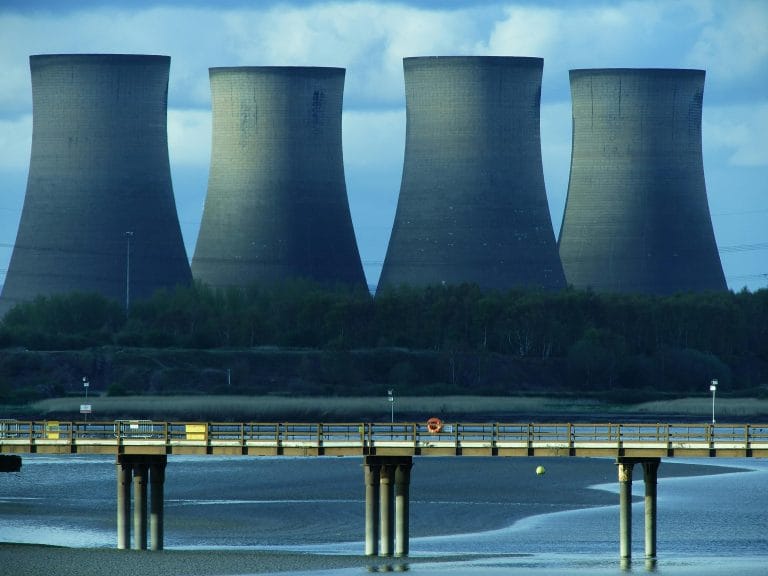
A growing number of homeowners are uncovering significant energy efficiency opportunities through home energy audits, revealing hidden problems that, when addressed, lead to substantial utility bill savings.
The Overlooked Assessment That’s Changing Home Economics

Home energy audits have been available for decades, but recent advances in thermal imaging technology and increased awareness about energy costs have brought this valuable service into the spotlight. What many homeowners don’t realize is that this simple assessment often reveals issues that, once fixed, can save an average of $500-$700 annually on utility bills.
According to data from the U.S. Department of Energy, the typical American household spends over $2,000 per year on energy bills, with 30% of that energy being wasted due to inefficiencies that could be easily identified and remedied.
Most people have no idea how much air is literally seeping out of their homes,” explains Jennifer Amann, Buildings Program Director at the American Council for an Energy-Efficient Economy (ACEEE). “The average home has enough small cracks and gaps to equal a 2-foot square hole in the wall.”
What Exactly Is a Home Energy Audit?

A professional home energy audit is a comprehensive assessment of your home’s energy use. Using specialized equipment such as blower doors, infrared cameras, and surface thermometers, energy auditors can:
- Identify air leaks around windows, doors, and other areas
- Assess insulation levels in walls, attics, and basements
- Evaluate the efficiency of heating and cooling systems
- Measure the performance of appliances and lighting
It’s like getting a physical for your house,” says Mark Tajima, a certified home energy auditor with 15 years of experience. “We’re looking at how all the systems work together and where improvements can make the biggest impact.”
The Surprising Findings
What’s shocking many homeowners is not just the number of issues found during these audits, but how simple many of the fixes are:
- Attic Air Sealing: A study by the Building Performance Institute found that up to 30% of a home’s heating and cooling costs are due to air leakage, with the attic being the largest culprit. Proper air sealing can recover much of this loss.
- Missing Insulation: Thermal imaging frequently reveals incomplete insulation installation—sections of walls or attics where insulation was improperly installed or has settled over time.
- Duct Leakage: The Energy Star program reports that the average home loses 20-30% of air that moves through the duct system due to leaks, holes, and poorly connected ducts.
- Outdated HVAC Settings: Many homes have improperly sized heating and cooling systems or outdated control settings that waste significant energy.
Rachel Martinez, a homeowner in Denver, was skeptical when her neighbor suggested an energy audit. “I thought our 15-year-old home was pretty efficient,” she says. “But the audit found missing insulation in our attic and several major air leaks. After fixing those issues for about $1,200, our utility bills dropped by almost $85 per month. It paid for itself in less than a year.”
Financial Incentives Make It Even More Attractive

What many homeowners don’t realize is that numerous financial incentives can make these improvements even more affordable:
- Federal tax credits can cover up to 30% of the cost of certain energy efficiency improvements
- Many utility companies offer rebates for energy audits and subsequent improvements
- Some states provide additional tax incentives or direct rebates
- Several financing programs offer low-interest loans specifically for energy efficiency upgrades
“When you combine the ongoing utility savings with the available incentives, it’s often one of the best investments a homeowner can make,” notes Amann. “We’re typically seeing returns of 15-30% annually on the investment, which is far better than most financial investments available.”
How to Get Started
If you’re interested in discovering what hidden efficiency opportunities might exist in your home:
- Check with your utility company first, as many offer discounted or even free home energy audits
- Look for certified energy auditors through the Building Performance Institute or RESNET
- Ask for references and sample reports before hiring an auditor
- Be present during the audit so you can understand the findings and recommendations
The most important thing is to take action on the results,” advises Tajima. “Even implementing just the top three recommendations from an audit typically results in noticeable improvements in both comfort and energy bills.”
With energy costs continuing to rise and increased focus on reducing carbon footprints, the once-overlooked home energy audit is proving to be a financial windfall for informed homeowners.
Sources:
- U.S. Department of Energy. (2023). Home Energy Audits: Professional vs DIY. Energy Saver. https://www.energy.gov/energysaver/home-energy-audits-professional-vs-diy
- American Council for an Energy-Efficient Economy. (2024). Home Energy Efficiency Improvements: Return on Investment Analysis. ACEEE Research Report. https://www.aceee.org/research-report/residential-efficiency-roi
- Energy Star. (2023). Duct Sealing. https://www.energystar.gov/campaign/heating_cooling/duct_sealing
- Building Performance Institute. (2022). Impact of Air Sealing on Home Energy Performance. BPI Technical Report Series. https://www.bpi.org/technical-reports
- Lawrence Berkeley National Laboratory. (2023). Home Energy Saver: Impact of Home Energy Efficiency Improvements. U.S. Department of Energy. https://homeenergysaver.lbl.gov/consumer/
- National Renewable Energy Laboratory. (2024). National Residential Efficiency Measures Database. https://remdb.nrel.gov/
- Database of State Incentives for Renewables & Efficiency. (2024). Residential Energy Efficiency Incentives. NC Clean Energy Technology Center. https://www.dsireusa.org/






